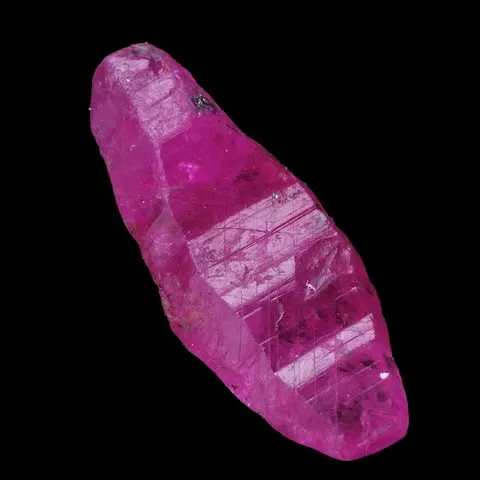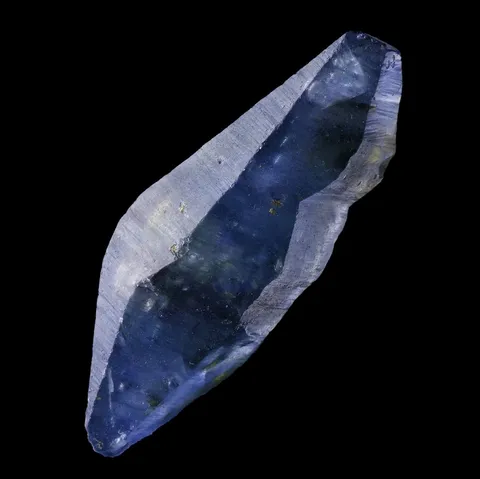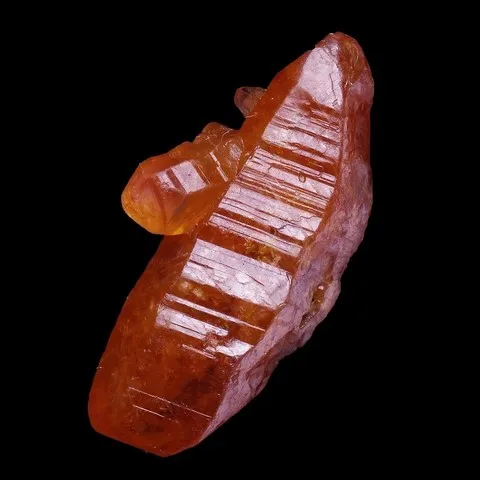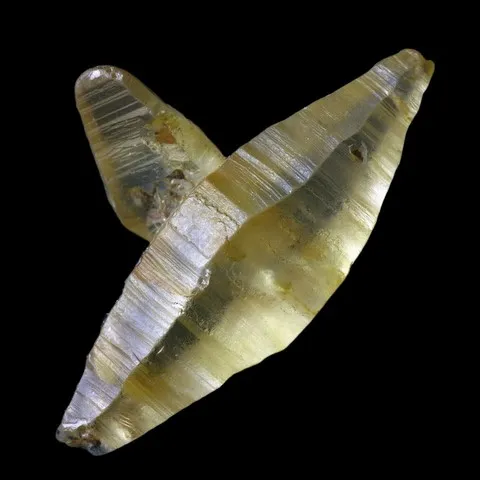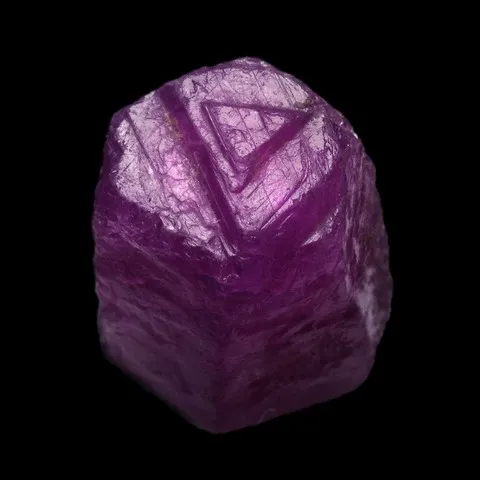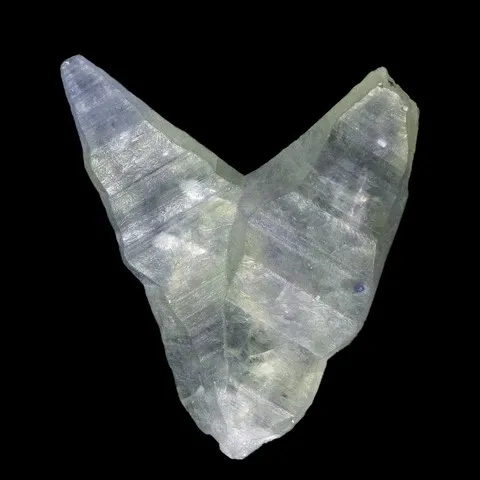CORUNDUM
Class : Oxides and hydroxides
Subclass : Oxides
Crystal system : Trigonal
Chemistry : Al2O3
Rarity : Common
Corundum is a very common accessory mineral of aluminous rocks : metamorphic rocks low in silica (mica-schists, eclogites), magmatic rocks undersaturated in silica (syenites, nepheline syenites), aluminous enclaves of volcanic rocks, recrystallized laterites and bauxites, marbles and cipolins, and desilicified pegmatitic veins. Unalterable, it is frequently found in concentrations in alluvial deposits. Its name comes from the Tamil kurundam, the Sanskrit kurivinda, the Hindi karand and the ancient Indian kauruntaka, these terms designating the corundum gems, rubies and sapphires, known since Antiquity and also mentioned by Pliny the Elder. Corundum generally comes in rough hexagonal crystals with rounded faces that can exceptionally exceed one meter. The crystals adopt the shapes of acute or truncated pyramids, short prisms, rarely lamellar, barrels, or barrels with sometimes striated faces. Corundum can also be massive with often 3 almost tri-rectangular pseudocleavages, or in rounded grains. It is a mineral that can be transparent (gem varieties) to almost opaque, with a vitreous to adamantine luster, pearly or silky, of very high hardness (9 on the Mohs scale). Its color is variablen: greyish with various shades of brown to black, pink-red, orange, yellow, blue to purple, green. Corundum has two gemstone varieties that are highly sought after in jewelry : ruby (red) and sapphire (blue, purple, yellow or pink). In addition to its use in jewelry, corundum is used as an abrasive due to its high hardness.
Corundum in the World
Corundum in France
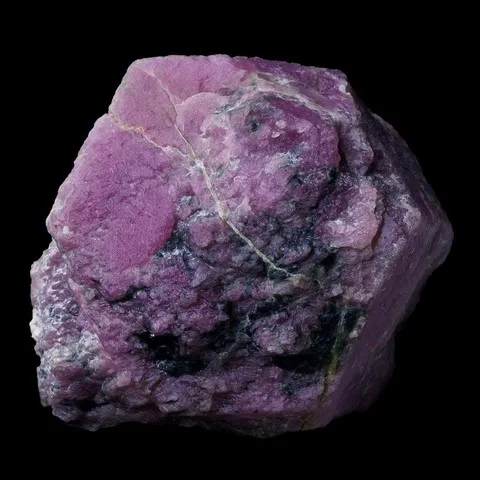
In France, corundum is reported at the Pont de la Rode in Aveyron which produced hexagonal crystals of the order of 4 cm in section, these are certainly the largest in Metropolitan France (photo on the right). Corundum is also found in the alluvium of many streams in the Massif Central but their size is generally millimeter, even if exceptionally some sapphires from Limagne volcanism in the region of Issoire (Puy-de-Dôme) could weigh more of 100 ct.
Twinning
Corundum twins are common on {1011}; usually lamellar. Less common, we note the twins by interpenetrations of the tabular crystals on {1120}, forming crosses or arrowheads (photo on the left).
Hardness : 9
Density : 3.98 to 4.1
Fracture : Irregular to conchoidal
Trace : White to grey, yellow
TP : Opaque to transparent
IR : 1.759 to 1.772
Biréfringence : 0.008 to 0.009
Optical character : Uniaxial -
Pleochroism : Low
Fluorescence : Variable
Solubility : Insoluble
Magnetism : None
Radioactivity : None

